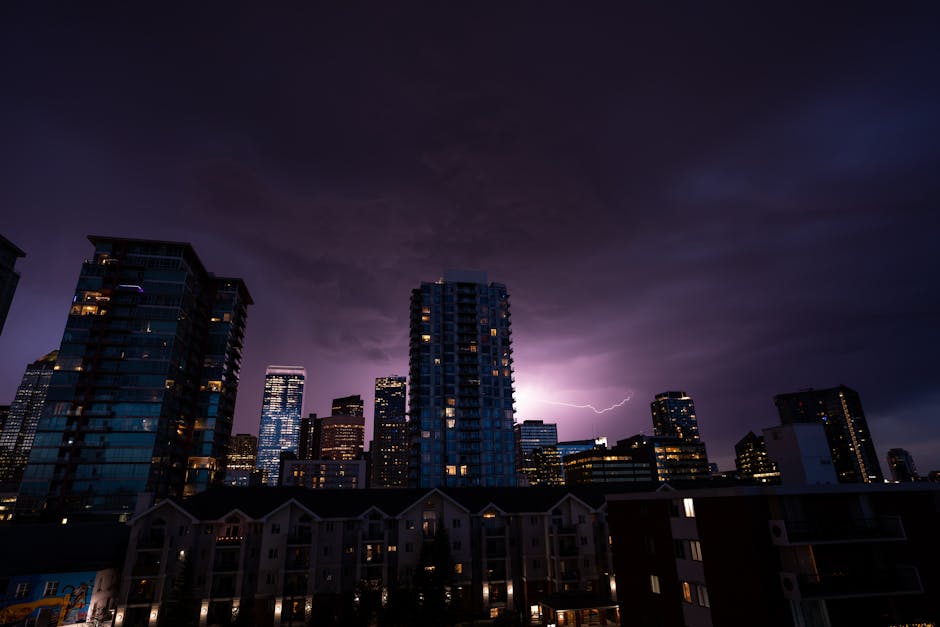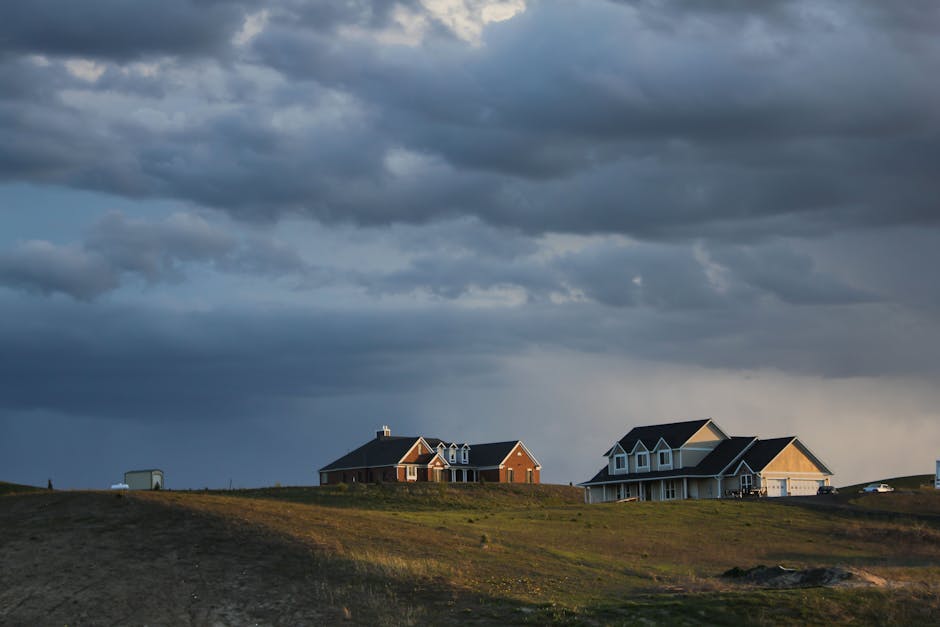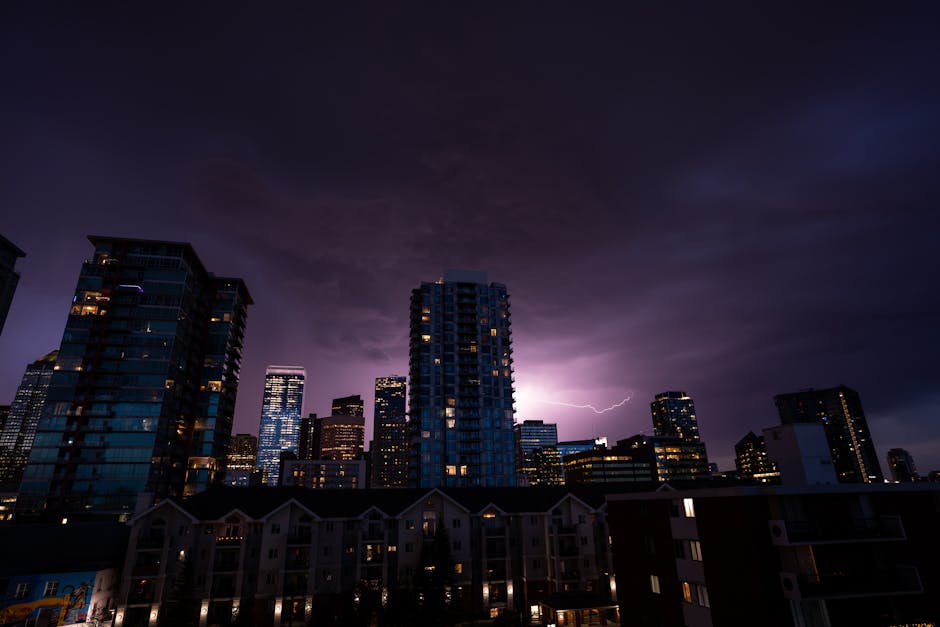Storm Chasers Live: Thrills, Risks, and the Science Behind the Chase
The dramatic world of storm chasing, immortalized in documentaries and reality TV shows, captivates audiences worldwide. But what’s it really like to be a storm chaser? This article delves into the exciting, dangerous, and scientifically fascinating life of those who chase storms for a living – or for the sheer thrill of it. We’ll explore the adrenaline-pumping experiences, the inherent risks, and the invaluable scientific contributions these individuals make.
The Allure of the Chase: Why People Risk Their Lives for Storms
The allure of storm chasing isn’t simply about the thrill of danger; it’s a complex mixture of factors. For many, it’s a deep fascination with the power and beauty of nature. Witnessing a massive supercell thunderstorm, with its rotating mesocyclone and incredible lightning displays, is an awe-inspiring experience that leaves a lasting impression. Some are driven by a scientific curiosity, wanting to contribute to our understanding of these powerful weather systems. Others are motivated by the challenge, the constant need to outsmart and outmaneuver nature’s forces.

The adrenaline rush is undeniable. The intense pressure, the constant decision-making in high-stakes situations, and the sheer power of the storms create an unparalleled sense of excitement. It’s a unique blend of fear and exhilaration that keeps many chasers coming back for more.
The Science Behind the Storm: Understanding Tornadoes and Supercells
Storm chasing isn’t just about blindly pursuing storms; it requires a deep understanding of meteorology. Chasers need to know how to interpret weather radar data, analyze satellite images, and understand the atmospheric conditions that lead to tornado formation. Supercell thunderstorms, the most dangerous type of storm, are characterized by their rotating updrafts (mesocyclone) which can spawn tornadoes.
Understanding atmospheric instability, wind shear, and moisture content is crucial. Chasers use sophisticated tools, including mobile weather stations, Doppler radar, and specialized software, to predict storm tracks and intensity. This knowledge allows them to position themselves strategically to observe the storm safely, while also gathering valuable scientific data.

The Risks of Storm Chasing: A Dangerous Pursuit
Storm chasing is inherently dangerous. Tornadoes, hail, lightning, flash floods, and strong winds all pose significant threats. Many experienced chasers have near-miss encounters with tornadoes, and some have tragically lost their lives. The unpredictable nature of storms makes it essential for chasers to prioritize safety above all else.

Careful planning and risk assessment are paramount. Chasers need to be aware of their limitations and should never put themselves or others in unnecessary danger. They must have a comprehensive understanding of storm dynamics, as well as emergency procedures and escape routes. Communication is also key; chasers often work in teams, maintaining constant contact to ensure everyone’s safety.
The Equipment of a Storm Chaser: Technology and Preparedness
Storm chasing requires specialized equipment to ensure both safety and data collection. This typically includes:
- High-performance vehicles: Chasers need vehicles capable of withstanding harsh weather conditions and traveling long distances at high speeds.
- Mobile weather stations: These provide real-time data on wind speed, direction, temperature, pressure, and other crucial atmospheric parameters.
- Doppler radar: This technology allows chasers to observe the internal structure of storms and track the development of tornadoes.
- Satellite imagery: Provides a broader view of weather systems, allowing chasers to track storm movement and intensity.
- Two-way radios: Essential for communication within a chase team and with other chasers or emergency services.
- Safety gear: Helmets, protective clothing, and other safety equipment are vital to mitigate risks.
Storm Chasing and Science: Contributions to Meteorology
While the thrill of the chase is a powerful motivator, many storm chasers contribute significantly to meteorological research. The data they collect helps scientists better understand storm formation, intensity, and behavior. This information is invaluable for improving weather forecasting and developing early warning systems, ultimately helping to save lives and protect property.
The close-range observations of storms, often impossible to obtain through traditional methods, offer unique insights into the complex processes within these powerful weather systems. This data allows for refinement of numerical weather prediction models, leading to more accurate and timely forecasts.
Ethics in Storm Chasing: Respecting Communities and Safety
Responsible storm chasing involves a commitment to ethical practices. Chasers must be mindful of the impact their activities have on communities, particularly in rural areas that are often most at risk. It’s crucial to avoid interfering with emergency response efforts or obstructing the roads. Respecting private property and ensuring the safety of both themselves and the public are essential aspects of responsible storm chasing.
The Future of Storm Chasing: Technology and Collaboration
The future of storm chasing will likely involve greater reliance on advanced technology, such as drones and improved radar systems. Increased collaboration between chasers, meteorologists, and emergency management agencies will be crucial for enhancing safety and data collection. This collaborative approach will lead to a better understanding of storm dynamics and more effective early warning systems, further protecting communities from the devastating effects of severe weather.
The world of storm chasing continues to evolve, blending the thrill of adventure with the crucial role of scientific research and community safety. While the risks are undeniable, the pursuit of understanding these powerful natural phenomena and contributing to the safety of others drives these brave individuals forward.

